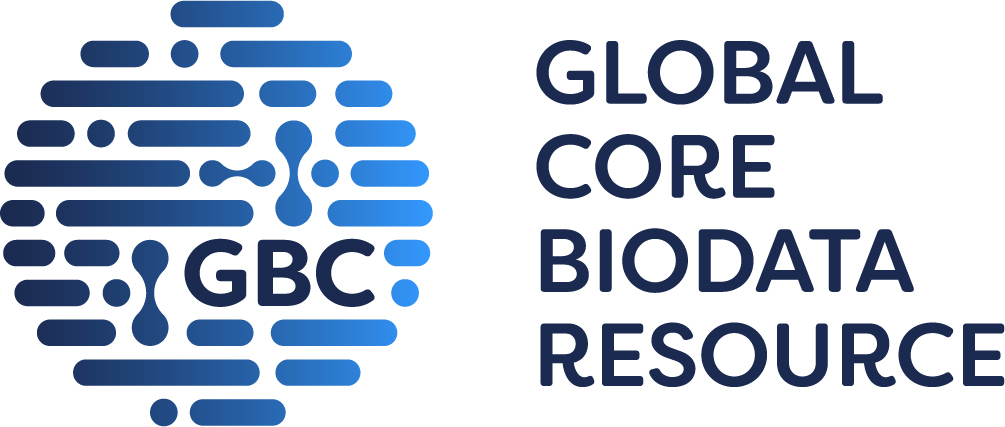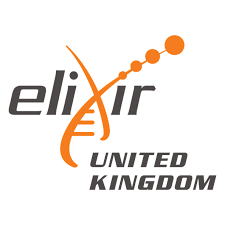
Overview
This FAQ document is complementary to the practical use-orientated Help documentation and the About page. This focuses more on the "how, why and wherefore" of our database content.
General Questions
- Is there a recent overview?
- What are the current content statistics?
- What is the update frequency?
- How can I cite the resource?
- Do you have an official abbreviation?
- What are the origins of the resource?
- What is the difference between the database and the affiliated review articles?
- Are there links from published articles out to the database?
- What about the original IUPHAR-DB website?
- How is this resource supported?
- What about downloading and consuming?
Data Questions
- Is there a difference between old and new data content?
- What sources do you use for curation?
- How do you choose which papers to curate and what activity types to extract?
- Do you only extract from papers?
- For which entries do you reference patents?
- What about log transformations and value rounding?
- Does the population of the database involve tacit judgements?
- Do you include large-scale matrix data?
- Can we alert you to papers for abstraction into the database?
- What about annotation re-cycling?
Target Questions
- What does "target" mean in the database context?
- What is the difference between "summary" and "detailed" pages for targets?
- What proteins do you include and why?
- What identifiers are used for targets?
- Which proteins are cross-referenced in UniProt?
- What about protein target complexes?
- What about splice variants?
- What about transport, metabolism and molecular toxicology?
- Do you include proteins without ligand interactions?
- Do you only annotate ligands against human proteins?
- Will you be curating all possible drug targets?
- What does the primary target icon mean?
Ligand Questions
- What does "ligand" mean in the database context?
- What identifiers are used for ligands?
- How do you generate the ligand images?
- How can I find ligand similarity relationships?
- What approved drugs are included and how do you know they are correct?
- Will you be curating all approved drugs?
- What about polypharmacology?
- What about ligands with pharmacological effects of unknown mechanism?
- What about hybrid therapeutic modalities?
- What type of rule-bending do you accommodate?
- Why include separate radioactive ligand records?
- What about chemical suppliers?
- Why are keyword search "call-outs" useful?







